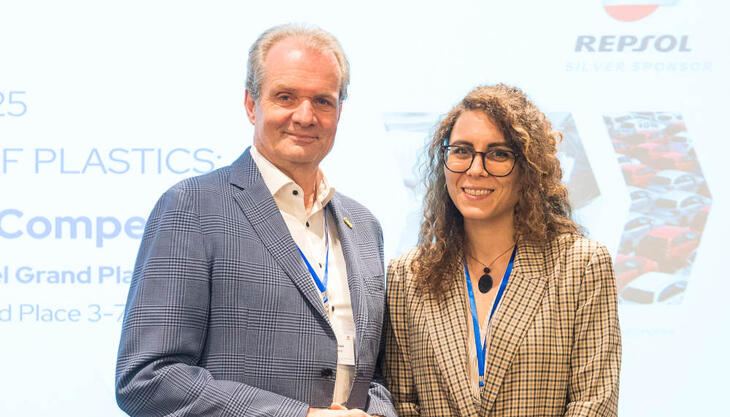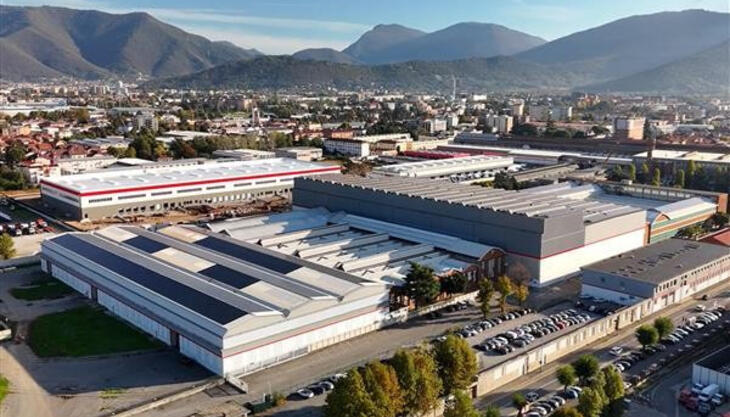Bioplastics industry at the eighth European conference

"Bioplastics made from bio-feedstock, and reintegrated into the biosphere as a nutrient, or recycled together with conventional plastic, clearly have a potential for being a truly sustainable material. And it could reduce fossil fuel consumption", stated EU Environment commissioner Janez Potočnik in his opening speech to the eighth European Bioplastics Conference organized by European Bioplastics on the 10 and 11 December in Berlin.
More than 350 participants from 215 companies caught up on the latest discussions, developments and progress in the bioplastics industry during the conference. Once more, the leading European event for the bioplastics industry provided excellent opportunities for networking, knowledge exchange and business contacts. 86% of the participants came from Europe, 8% from North America and South America, and the majority of the remaining 6% from Asia.
Potočnik encouraged the bioplastics industry to continue their work on making bioplastics a truly sustainable material, neutral in its impact on food production and biodiversity. However, he also pointed out that the industry needs to continuously and transparently inform the public about their products and processes in order to clarify its position and prosper in the future.
Another highlight of the event was the annual market data update by European Bioplastics and the Institute for Bioplastics and Biocomposites. The data once more emphasised the success of bioplastics industry with production capacities multiplying from around 1.4 million tonnes in 2012 to more than 6 million tonnes in 2017. All material types are gaining ground with biobased, non-biodegradable "drop-in" solutions, such as biobased PE and biobased PET, leading the field. Biodegradable plastics, including e.g. PLA, biodegradable polyesters and starch-blends, are also demonstrating impressive growth rates. Their production capacity will gain around 60 percent by 2017.
The packaging market will remain the leading segment for bioplastics applications. Here, the bioplastics industry offers a growing range of mature applications - much-needed new solutions that contribute to reducing the dependency on fossil feedstock, to minimising the carbon footprint of packaging and that offer additional recovery and recycling options. While packaging is still the leading market segment, other very different segments are gaining in strength, in particular consumer electronics, automotive, and the fibre market.
As a growing industrial sector bioplastics have the potential to provide additional jobs in Europe. The industry's engagement, especially in rural areas that might otherwise suffer from economic decline, leads to increasing employment opportunities. A European knowledge base growing around the bioplastics industry can help provide highly skilled employment for generations.
European Bioplastics' current data shows that Europe and North America remain interesting as locations for research and development and also important as sales markets. However, the establishment of new production capacities is favoured in South America and Asia. "In order to stay competitive along the complete bioplastics value chain, Europe needs to step up its game. We call upon the European Commission to establish a level-playing field for the biobased industries in Europe and a clear cut policy framework for promising markets such as bioplastics", said François de Bie, chairman of the Board of European Bioplastics.
















